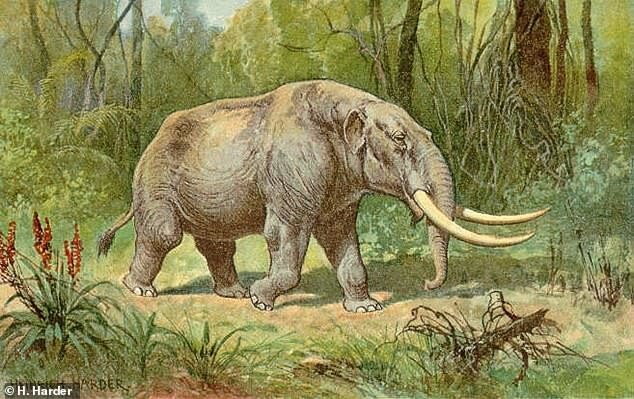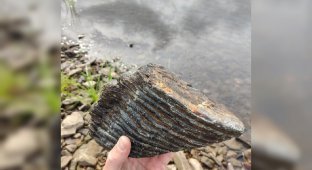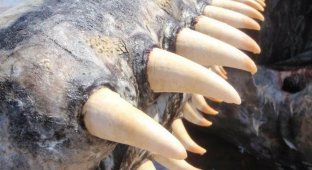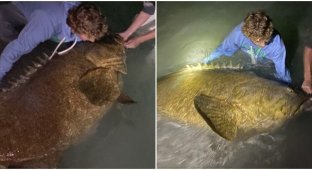“Ultra-rare” discovery: a fisherman found a prehistoric monster that is about 10 million years old (8 photos)
Experts confirmed the discovery and said that in Florida, as a rule, only prehistoric shark teeth and tusk fragments are found. 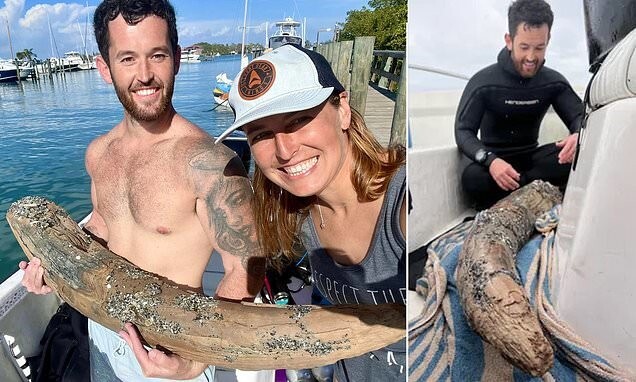
29-year-old Alex Lundberg was diving with his friend near Venice Beach and found a mastodon tusk at the bottom.
According to Lundberg, the tusk belonged to a distant relative of the woolly mammoth. 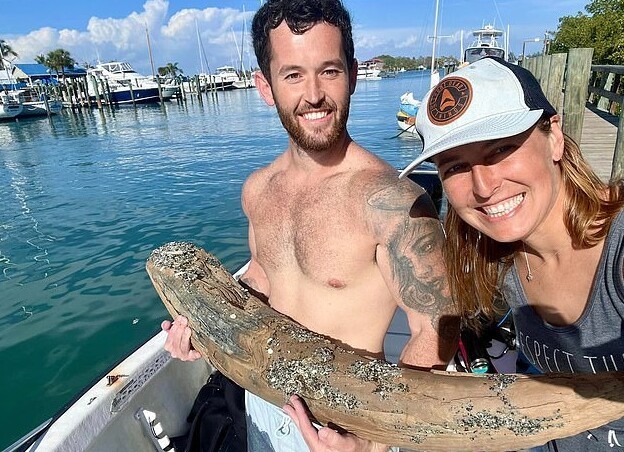
Experts from the Bishop Bradenton Museum of Science and Nature confirmed the discovery, which they called "ultra-rare" because only prehistoric shark teeth and fragments of mammoth tusks are typically found in the area.
Lundberg will still need to report his findings to the Florida Museum of Natural History to determine whether they have any scientific value. 
Mastodon tusks, which are typically only a few inches long, sell for $20 to $350. However, Lundberg admits that the cost of the found artifact could be about 5 thousand dollars 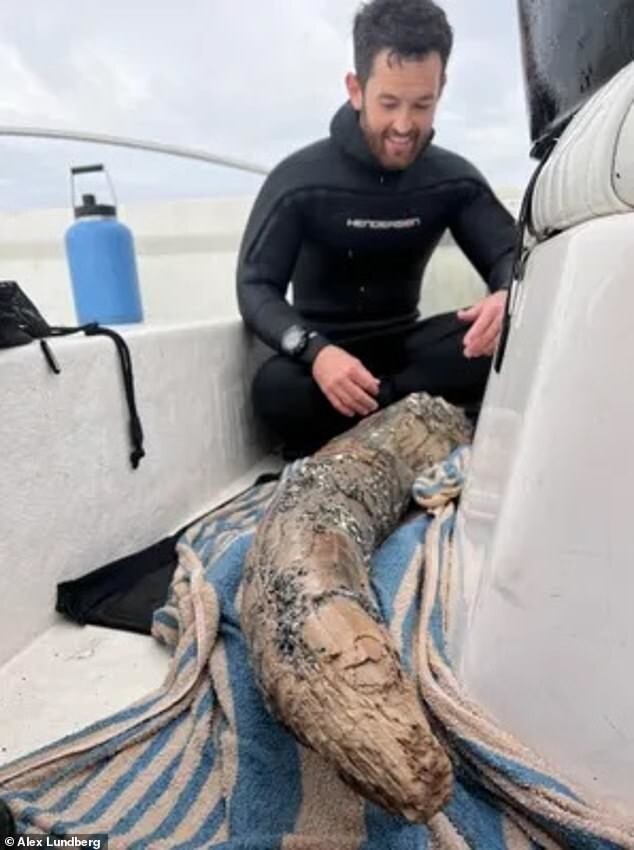
The diver said the mastodon's tusk did not fall apart when he recovered it from the seabed. He has been searching for fossils near Venice Beach for five years and said the area is known for thousands of fossilized shark teeth estimated to be about 10 million years old. 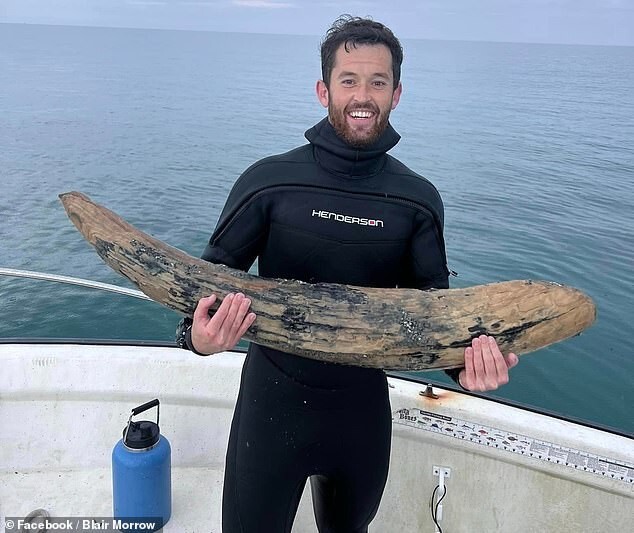
The mastodon lived 5.4 million years ago and is considered an extinct relative of the modern elephant. These animals were widespread throughout North America about 10,000 years ago. 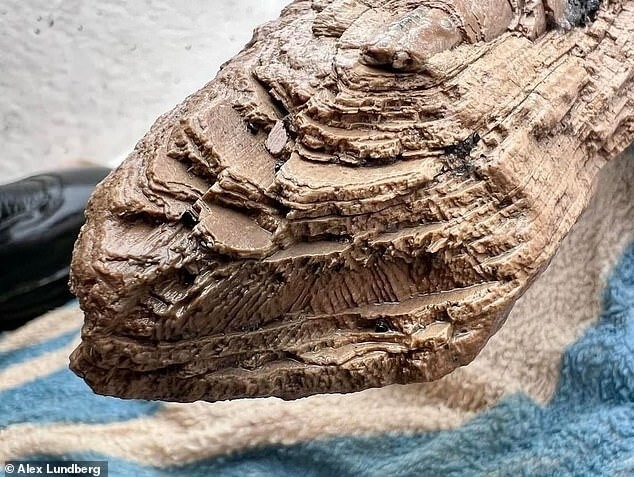
Fossils are usually found in well-preserved sediments from the Pliocene era (5.3 to 2.6 million years ago) and the subsequent Pleistocene, which began approximately 2.6 million years ago and ended 11,700 years ago. 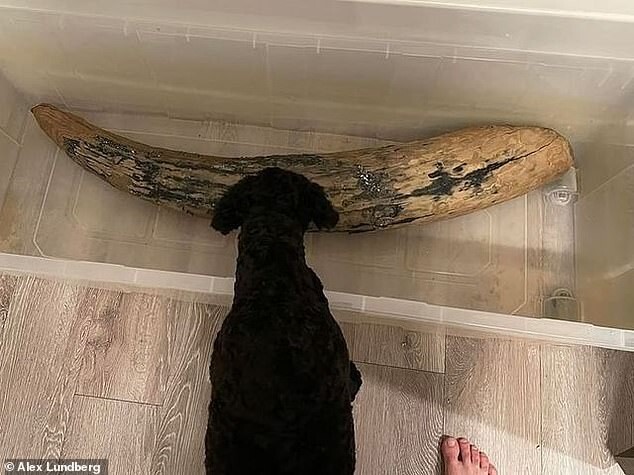
Mastodon fossils, including tusks, bones and skulls, are typically found in only four US states: Indiana, Colorado, California and New York. Therefore, the discovery in Florida seems very unusual. 